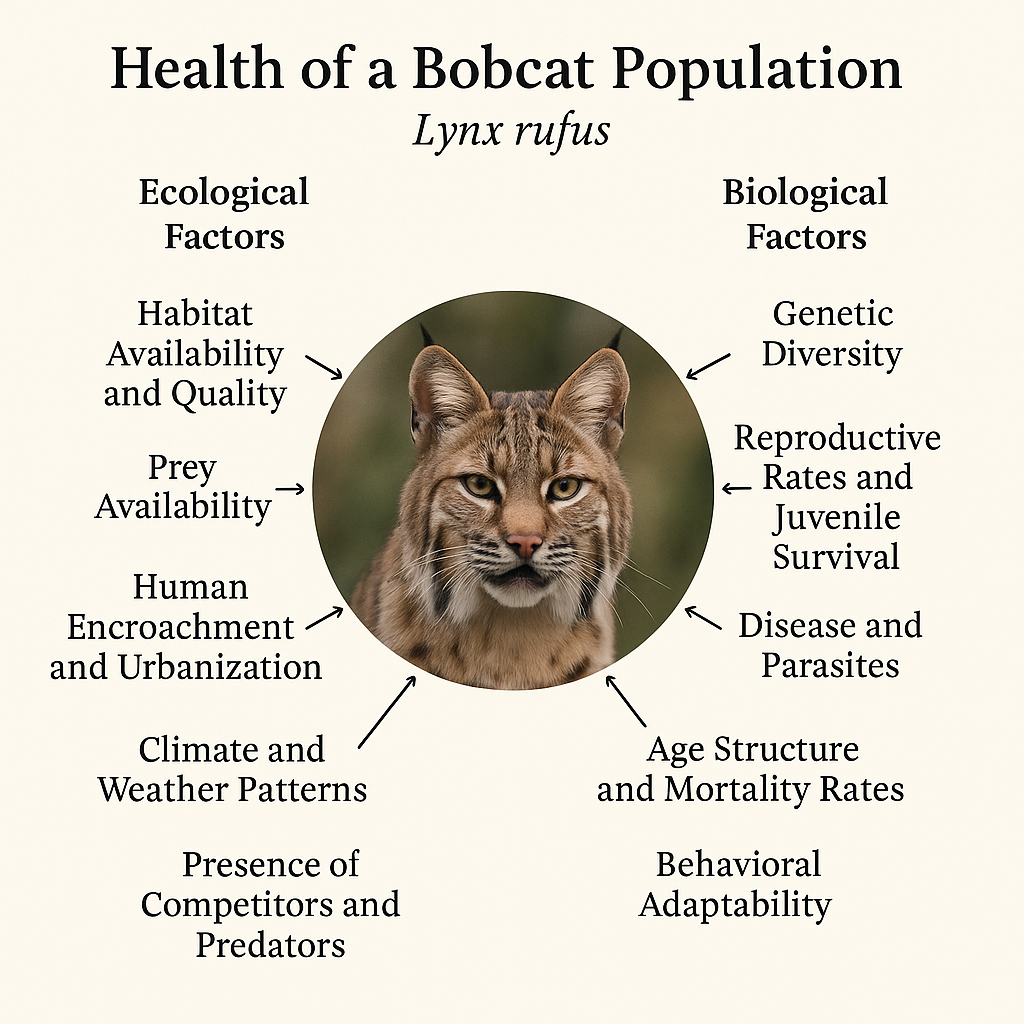Colorado Bobcat Mismanagement
Successful bobcat management ensures that the biological and ecological factors they are dependent upon for a healthy population are supported and are the primary focus of a bobcat management plan. Colorado Parks and Wildlife has never had a bobcat management plan and allows hunters and trappers to kill as many as they want each year with one $35.00 license.
Colorado Bobcat (Lynx rufus), also known as the wildcat, bay lynx, or red lynx, is one of the four extant species within the medium-sized wild cat genus Lynx.
The welfare of wildlife should be the primary goal of every wildlife management plan, and unfortunately, Colorado Parks and Wildlife (CPW) has not demonstrated a commitment to this principle when it comes to bobcats. A true management plan is not just a set of rules or quotas to regulate hunting and trapping; it is a comprehensive strategy rooted in biological and ecological principles, designed to ensure the long-term health and sustainability of a species. For bobcats, however, there has never been a legitimate wildlife management plan—just an open-ended, recreational and economically driven policy that permits hunters and trappers to harvest unlimited numbers of these animals for a minimal fee. The failure to establish a science-backed plan that prioritizes the species' well-being speaks volumes about the state's priorities.
Bobcat under stress from the trapper seconds before it was killed for its pelt. There is absolutely no science or research that proves hunting and trapping are required to control bobcat numbers. It is purely a recreational and economic opportunity for those who enjoy killing bobcats.
Bobcats are a vital part of Colorado’s ecosystems and are considered a public trust resource, meaning they are owned collectively by all citizens and should be managed for the benefit of present and future generations. In Colorado, more than 94% of residents do not hunt, trap, or fish, yet they overwhelmingly support the conservation of native wildlife, including bobcats. As a keystone predator, bobcats play an important role in maintaining ecological balance by controlling populations of rodents and other prey species. It is the legal and ethical responsibility of Colorado Parks and Wildlife (CPW) to ensure that wildlife like the bobcat is managed in a way that prioritizes long-term population health and reflects the values of all Coloradans, not just the narrow interests of trophy hunters and commercial trappers.
Unfortunately, CPW has failed to uphold this public trust. Bobcats in Colorado are hunted and trapped without any established population estimates or a science-based management plan. This lack of oversight, combined with the fact that there are no limits on how many bobcats can be killed each year, creates a dangerous and unsustainable situation. Commercial trapping is incentivized by the global fur market, not by ecological need or public interest. The result is a system that prioritizes exploitation over stewardship. Without reform, this mismanagement threatens the stability and health of bobcat populations and undermines public trust in the agency charged with protecting Colorado’s wild heritage.
Biological and ecological factors bobcats are dependent upon for a healthy population. Hunting and trapping do not support these factors and are purely a recreational and economic (selling the pelt to China or Russia) opportunity for hunters and trappers. Bobcats deserve better.


